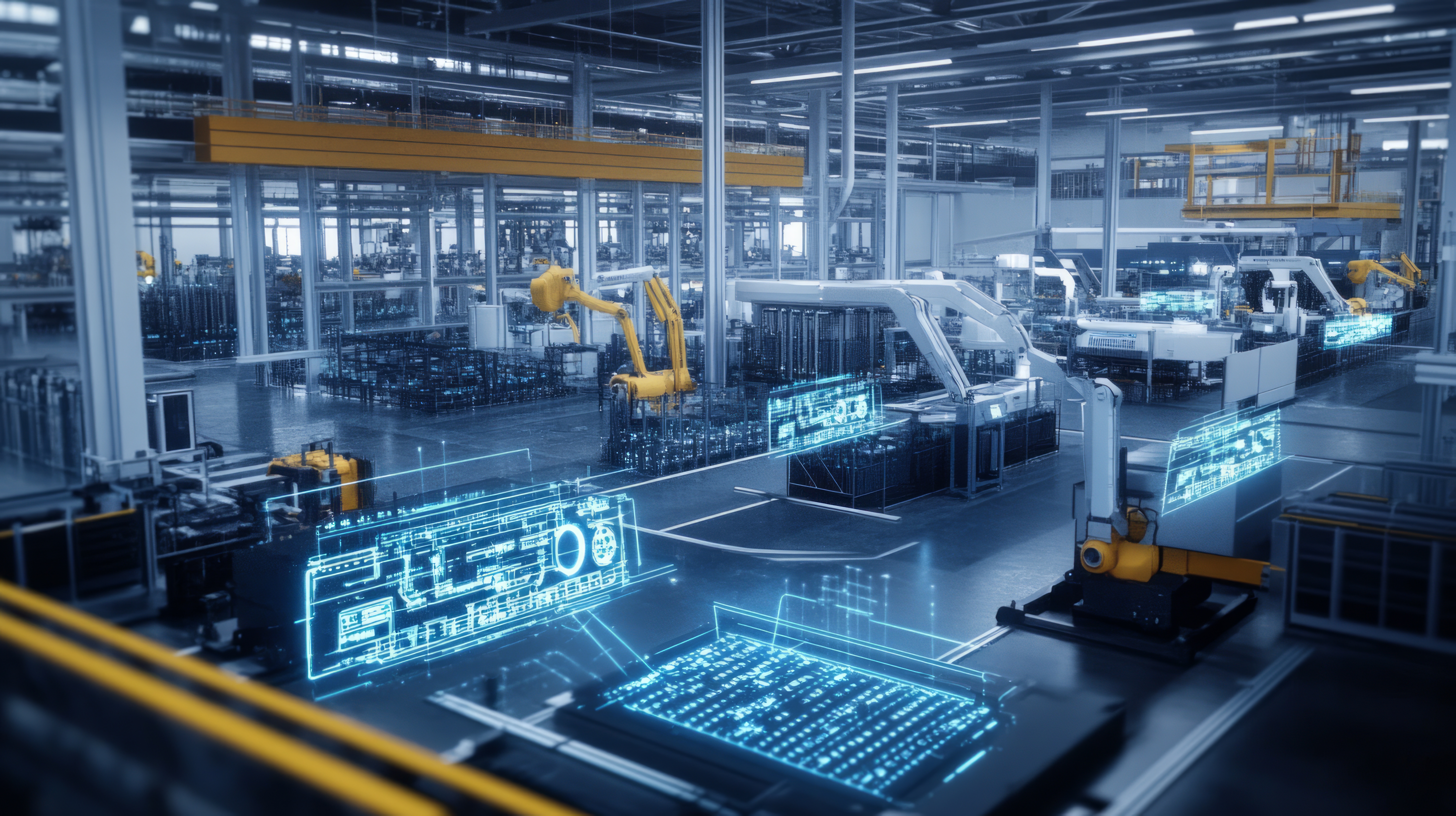IO-Link plays a central role in the Industrial Internet of Things (IIoT) by serving as the connection between IO-Link devices (such as sensors and actuators) and higher-level systems such as MES (Manufacturing Execution Systems), ERP systems, or cloud platforms. An IO-Link master with IIoT interface enables end-to-end data communication from the field level to the IT world and is essential for Industry 4.0 and the IIoT.
An IO-Link master with IIoT interface has additional communication protocols to send data directly to IT systems or cloud platforms. These include protocols such as MQTT, OPC UA and REST API, which enable efficient and standardized communication
An example application is the use of IO-Link sensors to monitor the temperature and vibration of motors. The sensors send their readings to the IO-Link master, which sends the data to the cloud via MQTT. An AI-based system analyzes this data and detects anomalies, enabling predictive maintenance in industrial environments.
IO-Link also offers a wide range of benefits for the IIoT. It enables the seamless integration of sensors and actuators into existing IT infrastructures, increasing efficiency and productivity. Thanks to standardized communication, companies can optimize their processes and improve the quality of their products. IO-Link also helps reduce downtime by enabling early detection of problems and rapid response.
Another important aspect is the scalability of IO-Link. It can easily be used in different applications and industries, from manufacturing to automation. This makes IO-Link a versatile solution for the IIoT that meets the requirements of modern industrial environments.
Overall, IO-Link is a crucial building block for the implementation of Industry 4.0 and the IIoT. It enables the intelligent networking of devices and systems, promotes digitalization, and helps to create a more efficient and flexible production environment.
